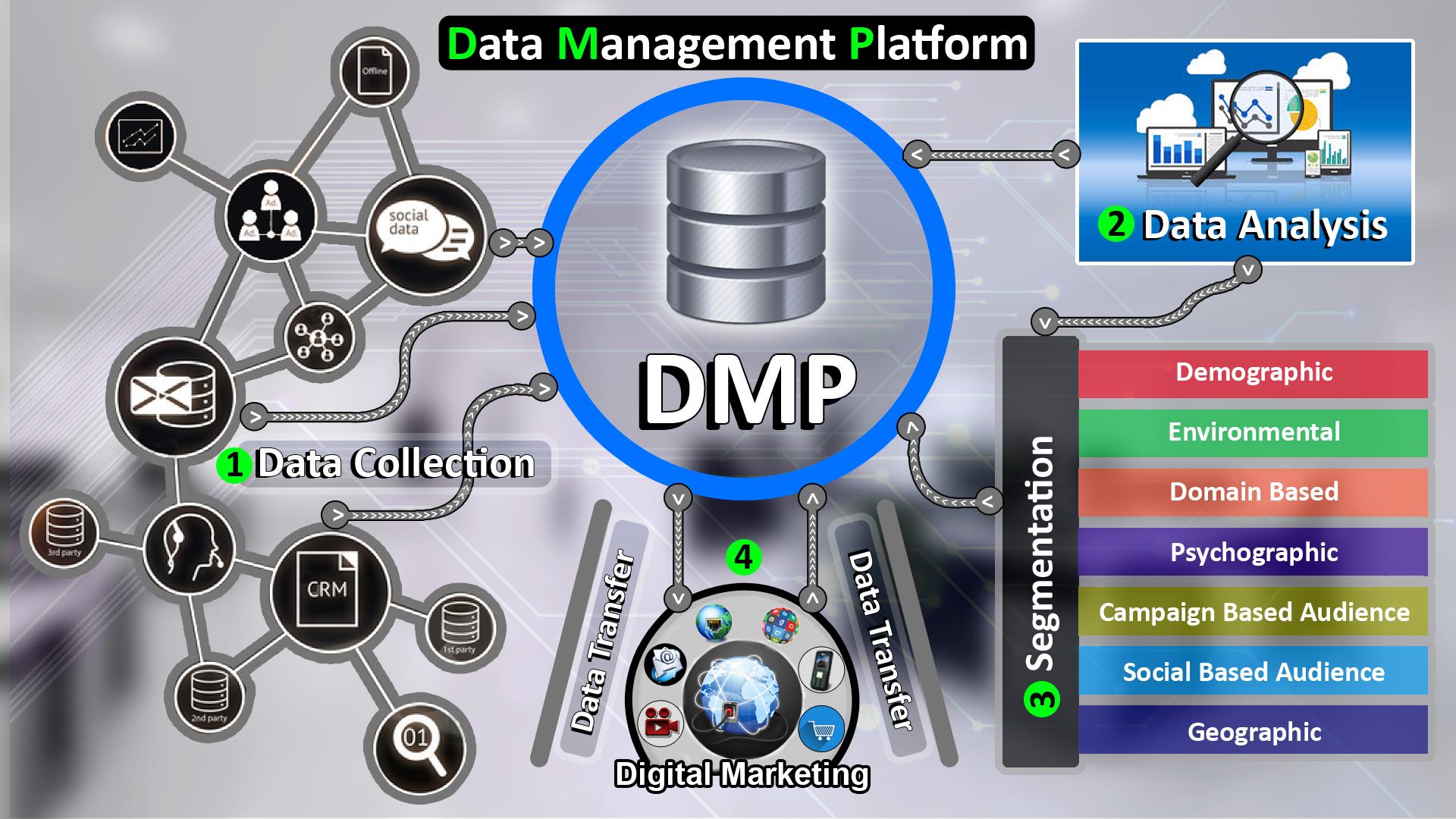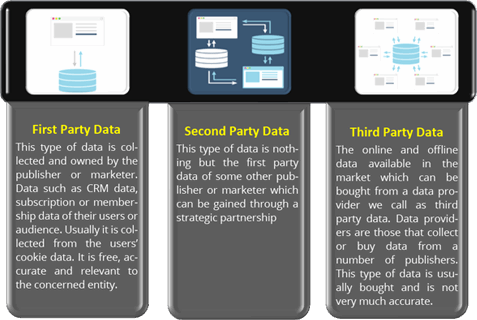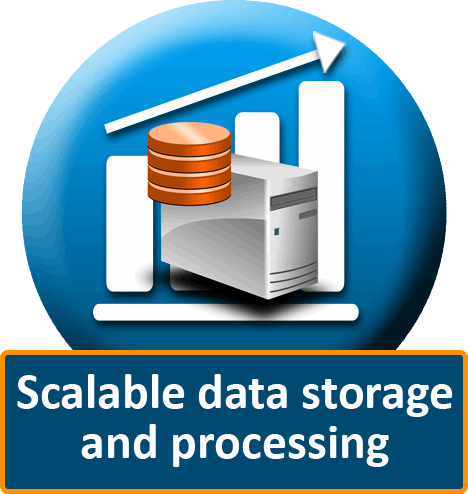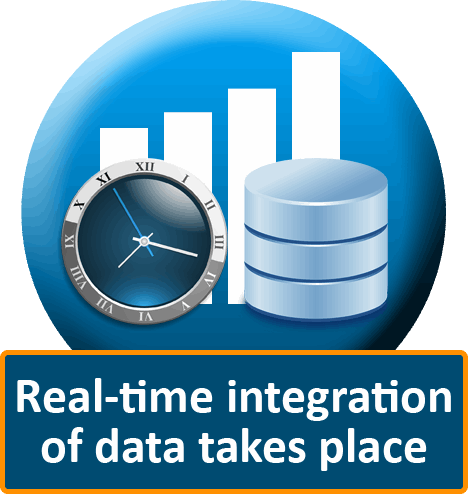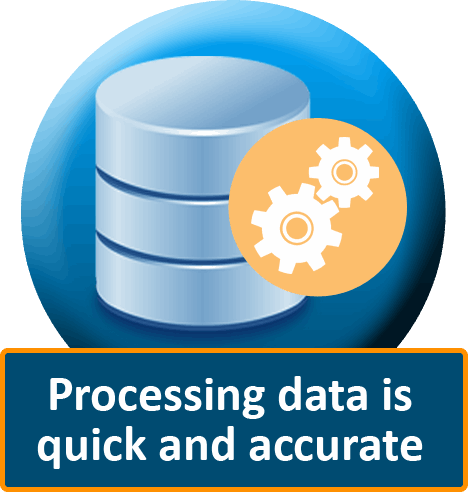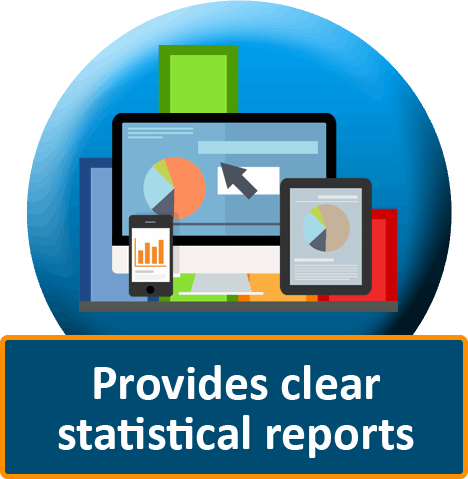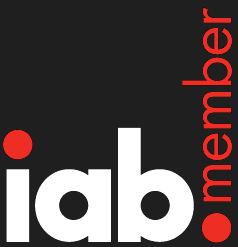How it Works
DMP integrates with the ad networks, ad exchanges, Demand side platforms (DSP) and Supply side platforms (SSP).With the DMP, marketers are able to analyse the data and arrive at a baseline profile of the audience they want to target. Marketers also use the processed data to plan and automate their advertising. They can use the information to aid their cross platform advertising and make sure they get the most out of their campaign
DMP: Functional Flow
1.Data Collection
- DMP collects data about customers directly from advertisements, websites and mobile applications.
- A tracking tag would be placed in the landing page to collect and store the audience data.
- The collected data is then matched with the existing first party, second party and third party data.
- The data collected is identified and updated holding a baseline constant i.e. a unique identifier.
- The unique identifier can be any one data obtained from either user data or device data.
- This makes sure that duplication or overlap of data does not occur.
2. Data Analysis
By analysing the collected data like users interests, past purchases, clicks, response to specific offers; we can create custom user segments. A complete analysis and evaluation would be done with the collected data.
3. Segmentation
Segmentation simply means to divide the market into parts or segments, which are definable, accessible, actionable and profitable to gain potential growth. The collected data is then segmented based on the different visitor data attributes. Subdivision of a user into segments with similar characteristics such as location, interest, behaviours, device details, social behaviours and more
Basic segmentation list
- Demographic segmentation:Data is segmented according to age, gender, email address, phone number, language, currency and form data.
- Environmental segmentation:We are specialized in all MMO, RPG and browser based games.
- Domain Based Segmentation:Segmented on the domain details of the visitors based on domain URL, domain name, and page count of domain.
- Psychographic Segmentation:Segmentation uses data such as peoples’ lifestyle, activities, interests and opinions to define a market segment. Further, it can be segmented based on purchased products, referrer URL and purchase date.
- Campaign Based Audience Segmentation:Segmentation done based on clicks and conversion count of the campaign. The campaign’s performance can be scaled up based on the findings.
- Social Based Segmentation:Segmentation is done based on social media sites and the activities taking place such as Facebook likes, Facebook shares, twitter shares and more.
- Geographic segmentation:Segmentation takes place based on geographical areas such as city, country, continent, postal code, latitudes, longitudes and more.
4. Data Transfer
The collected and analysed data is then leveraged with networks and DSPs. Data is now transformed into information which would be in the form of advertising strategy or business strategy. The advertiser can target a specific group of audience who are potential customers, which makes them the target. Based on the requirements the criteria can be selected based on the macro or micro segments. Through this, marketers get real time insights on the demographic data, which they can use to channelize the ads to the right and potential audience. The DMP enables marketer to know their customers and audience even better, thanks to deeper and clearer insights.
Data Management Platform (DMP) for Advertisers

Audience Intelligence
Based on the collected third party data, intended audience attributes can be targeted

Prospecting
Integration with third-party audience data source to acquire anonymous data to achieve higher precision with targeting campaigns
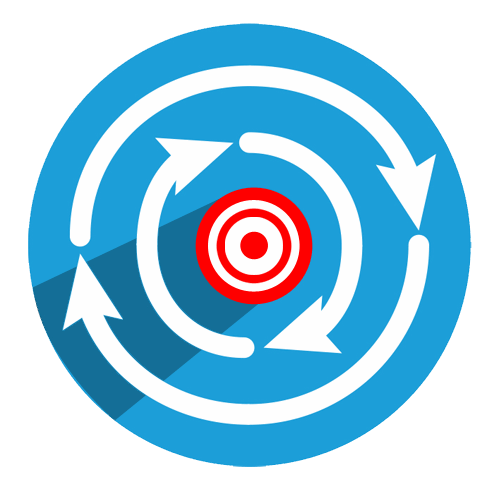
Retargeting
Customized re-targeting campaigns that can be implemented based on collected data on the user’s specific activities and behaviours.Effectively manage campaigns across different networks/exchanges/publishers
Data Management Platform (DMP) for Publishers
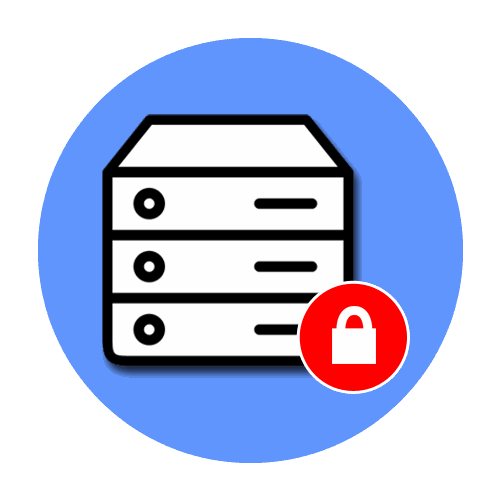
Data security
Ensures the protection of data for publishers to monitor any kind of potential leakage
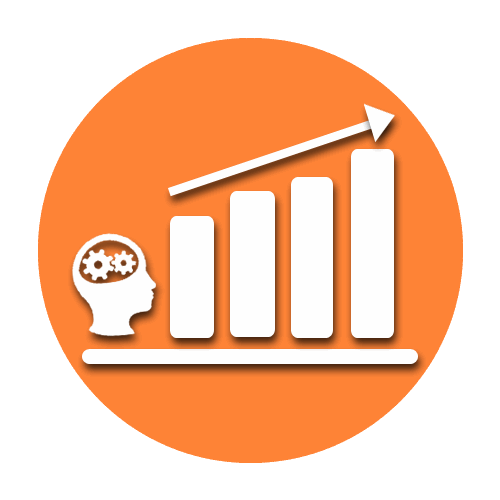
Advanced analytics
Better understanding of the type of users data from DMP. Also, control data assets, monitors its usage and increases the CPM.
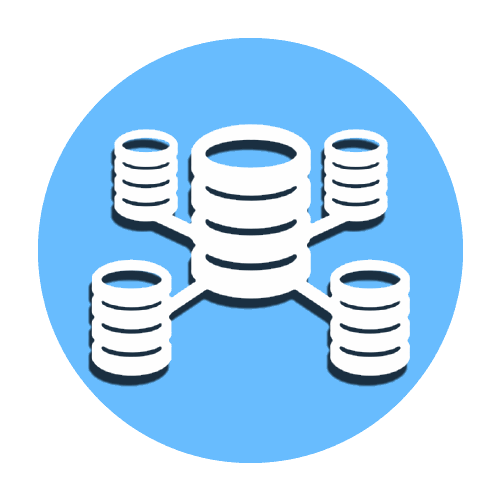
Easy Ingestion
DMP would be able to ingest data securely from the publishers’ sites, affiliated partners and combine all data on a single and centralized platform.
